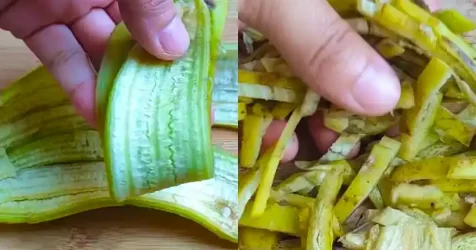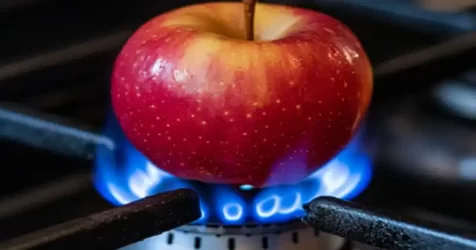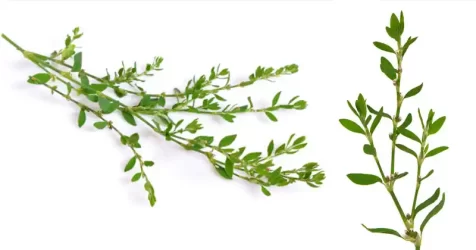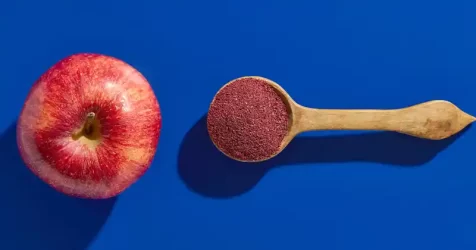The Easiest and Best Way to Dry Figs at Home

Figs, with their natural sweetness and chewy texture, are a favorite for many. Drying figs at home not only preserves their flavor and nutritional value but also ensures you get a chemical-free product. Here’s an easy guide to drying figs at home for a delicious and long-lasting snack.
Why Dry Figs?
Drying figs is one of the oldest methods of preserving this nutritious fruit. Dried figs retain essential vitamins, minerals, and fiber while reducing moisture, which prevents spoilage. They can be stored for months, making them a convenient snack or ingredient for desserts, trail mixes, and more.
The Best Methods for Drying Figs at Home
1. Sun Drying
Sun drying is the most traditional and natural method for drying figs.
Steps:
- Choose Ripe Figs: Pick figs that are fully ripe, plump, and slightly soft but not mushy.
- Wash and Prepare: Rinse figs gently under running water and pat them dry. Remove the stems if desired.
- Cut or Leave Whole: You can slice the figs in half to speed up drying or leave them whole for a chewier texture.
- Place on a Tray: Arrange the figs on a clean tray or wire rack. Ensure they’re not overlapping to allow even drying.
- Sun Exposure: Place the tray in a sunny, well-ventilated spot. Cover the figs with a thin mesh or net to protect them from insects and dust.
- Turn Regularly: Turn the figs every day to ensure uniform drying.
- Check for Doneness: After 3-5 days, the figs should feel leathery and pliable, with no visible moisture.
Tips:
- Ensure consistent sunlight for optimal results.
- Bring the figs indoors at night to avoid moisture from dew.
2. Oven Drying
If you don’t have access to ample sunlight, an oven is a quick and efficient alternative.
Steps:
- Preheat the Oven: Set your oven to the lowest temperature, around 50–60°C (120–140°F).
- Prepare the Figs: Wash, dry, and slice the figs in half for faster drying.
- Arrange on a Baking Sheet: Place the figs on a parchment-lined baking sheet, cut side up.
- Dry Slowly: Place the tray in the oven and keep the door slightly ajar to let moisture escape.
- Check Regularly: Rotate the tray every couple of hours. Drying typically takes 8-12 hours, depending on the size and moisture content of the figs.
- Cool Before Storing: Allow the figs to cool completely before storing them in an airtight container.
Tips:
- Use a fan or convection setting if your oven has one to improve airflow.
- Check for doneness periodically to prevent over-drying.
3. Dehydrator Method
A dehydrator is the easiest way to ensure consistent drying with minimal effort.
Steps:
- Prepare the Figs: Wash, dry, and cut the figs as desired.
- Arrange on Trays: Place the figs on dehydrator trays, leaving space between them for air circulation.
- Set the Temperature: Adjust the dehydrator to 55–60°C (130–140°F).
- Drying Time: Dry the figs for 8-12 hours, checking them periodically for the desired texture.
- Cool and Store: Once dried, let the figs cool completely before storing.
Tips:
- Dehydrators are ideal for large batches.
- Rotate the trays for even drying if your model doesn’t have automatic circulation.
Storage Tips
Proper storage ensures your dried figs stay fresh for months.
- Use Airtight Containers: Store dried figs in glass jars, ziplock bags, or vacuum-sealed pouches.
- Cool and Dry Storage: Keep the containers in a cool, dark place to avoid spoilage.
- Freeze for Long-Term Storage: For storage beyond six months, place the figs in the freezer. They’ll remain fresh for up to a year.
Drying figs at home is simple, rewarding, and allows you to enjoy the fruit’s natural sweetness year-round. Whether you prefer the traditional sun-drying method, the convenience of an oven, or the efficiency of a dehydrator, each technique has its benefits. Experiment with different methods to find the one that works best for you.
Disclaimer: Ensure your figs are free from mold or pests before drying. If you notice any signs of spoilage during or after the process, discard the affected pieces.
Drying figs at home ensures you have a natural, wholesome snack that’s both delicious and nutritious. Start your drying journey today and enjoy the sweet taste of homemade dried figs!



















